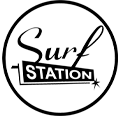 Do you want to learn how to surf?
Do you want to learn how to surf?
Surfing is the sport of kings, and even after years of dedicated practice, you still may never truly master the sport. There is always something more to learn! But do not be discouraged, because the Surf Station has broken it down so that you will know what you need to get started surfing the right way.
How to get started
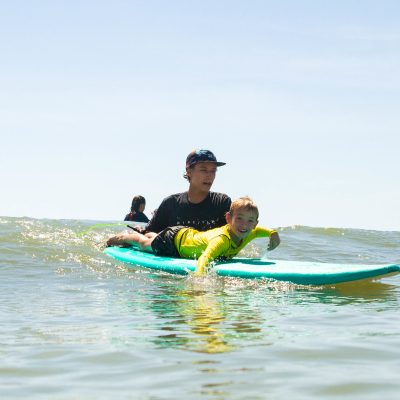 Surfing Lessons – The Surf Station team includes a crew of experienced surfing instructors and the perfect equipment to speed up your learning curve. Our lessons are 90 min down at the beach. We do not discriminate, male or female, whatever your skill level, the Surf Station instructors can teach you the skills you need to learn to surf safely and efficiently.
Surfing Lessons – The Surf Station team includes a crew of experienced surfing instructors and the perfect equipment to speed up your learning curve. Our lessons are 90 min down at the beach. We do not discriminate, male or female, whatever your skill level, the Surf Station instructors can teach you the skills you need to learn to surf safely and efficiently.
BOOK A SURF LESSON
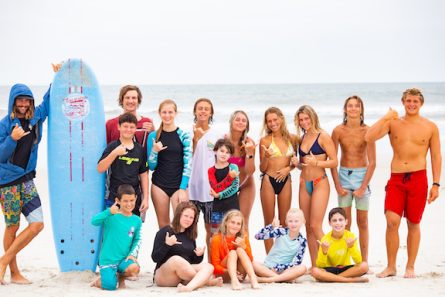 Surf Camps – The worlds best surf camp is back for the summer with a great new look! Learn to surf with some of our top team riders who have international surf travel under their belt. Our instructors have a combined 50 years of surfing experience, and are eager to share with you or your children the sport of surfing. The camp includes boards, refreshments, instruction and an option to stay for lunch. Come join us for some fun in the water at the Surf Station!
Surf Camps – The worlds best surf camp is back for the summer with a great new look! Learn to surf with some of our top team riders who have international surf travel under their belt. Our instructors have a combined 50 years of surfing experience, and are eager to share with you or your children the sport of surfing. The camp includes boards, refreshments, instruction and an option to stay for lunch. Come join us for some fun in the water at the Surf Station!
SURF CAMP SIGNUP
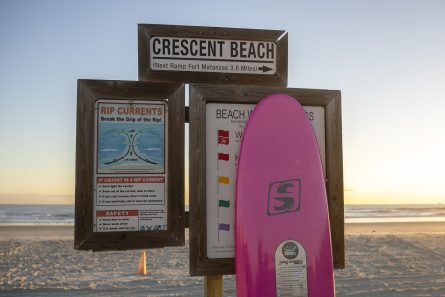 Surfboard Rentals – The Surf Station has a nice selection of surfboards for rent, from a few shortboards to fun shapes, soft tops and longboards. Once you have taken a lesson, come try out a couple of boards and see what you like before you buy your own surfboard. Feel free to swap out boards during your rental period.
Surfboard Rentals – The Surf Station has a nice selection of surfboards for rent, from a few shortboards to fun shapes, soft tops and longboards. Once you have taken a lesson, come try out a couple of boards and see what you like before you buy your own surfboard. Feel free to swap out boards during your rental period.
RENT A SURFBOARD
How to choose the right board
Selecting the right surfboard for you as a beginner depends on a number of different individual factors. Some things to consider are:
- How much do you weigh?
- What conditions will you be learning in? This includes wave height, and the type of wave such as beach break, point or reef.
- How much experience do you have in the ocean?
For learning, most people with no previous experience will want a fun shape or longboard to start out. A soft top can be an affordable option available in different sizes depending on your skill level, weight and the conditions. Our knowledgeable staff can steer you in the right direction when you are ready to buy, and we have one of the largest selections of used boards on the East Coast down at the Surf Station 2 the Deuce, or check out our used surfboards online! For help with selecting the right board please email us at support@surf-station.com, call the shop at (904) 471-9463, live chat with one of our surfboard specialists on the Surf Station Store, or for more personalized service just come visit the Surf Station!
Equipment you will need
 Roof Racks – Unless you have a van or a pickup truck, you will need some way to transport your surfboard to the beach. The Surf Station has a variety of different surf rack options for you to choose from including racks for your bicycle, moped, car/truck/suv, as well as surfboard racks for storing your boards inside your garage or house.
Roof Racks – Unless you have a van or a pickup truck, you will need some way to transport your surfboard to the beach. The Surf Station has a variety of different surf rack options for you to choose from including racks for your bicycle, moped, car/truck/suv, as well as surfboard racks for storing your boards inside your garage or house.
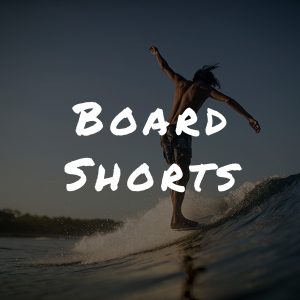 Board Shorts – When the water is above 70 degrees, which is 8 months out of the year here in north Florida, you will need a good pair of boardies to wear in the water.
Board Shorts – When the water is above 70 degrees, which is 8 months out of the year here in north Florida, you will need a good pair of boardies to wear in the water.
While fashion is definitely a factor in choosing the right pair of board shorts, the newer designs made from stretch materials are amazing in terms of fit and function. Surf Station carry’s a wide variety of boardshorts including our own signature brand!
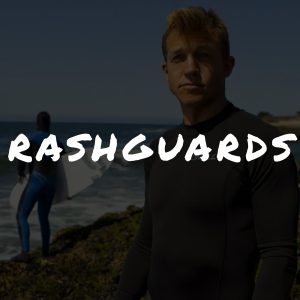 Rash Guard – A nice short or long sleeve lycra top serves 2 functions.
Rash Guard – A nice short or long sleeve lycra top serves 2 functions.
First to keep the wax on your surfboard deck from ripping your nipples off, and second to block the sun. Most rash guards feature SPF 50 sun protection, but they are not all made equal. Be sure to try one on before you buy, and make sure it fits snug but not to tight.
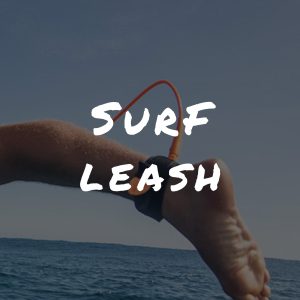 Leash – Whether you are learning or an experienced surfer, it is a good idea to wear an ankle leash tied to your surfboard so you do not lose it.
Leash – Whether you are learning or an experienced surfer, it is a good idea to wear an ankle leash tied to your surfboard so you do not lose it.
Not only can a lost surfboard can be a danger to other surfers and swimmers in the water, but a quality leash can save you time and energy swimming to shore to retrieve your stick.
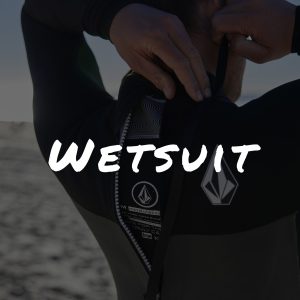 Wetsuit – When the water gets below 70 degrees (80 for some die hard Florida surfers!), you will need some neoprene to keep the body heat in. There are a lot of options to choose from, but in general you will want a thermal top for those chilly days when the water is still warm, a spring suit for 60-70 degree water, and a full wetsuit when the water gets below 60 degrees. Booties, gloves and even a hood can be necessary from mid-December to mid-February when the daytime temps struggle to get above 40 degrees.
Wetsuit – When the water gets below 70 degrees (80 for some die hard Florida surfers!), you will need some neoprene to keep the body heat in. There are a lot of options to choose from, but in general you will want a thermal top for those chilly days when the water is still warm, a spring suit for 60-70 degree water, and a full wetsuit when the water gets below 60 degrees. Booties, gloves and even a hood can be necessary from mid-December to mid-February when the daytime temps struggle to get above 40 degrees.
Where should I paddle out?
The best learning conditions are waves in the knee to head high range, mushy beach break, with clean surface conditions created by offshore or light onshore winds. Depending on where you live ask around, find out where the most popular surf spots are, and avoid them. Instead find a less popular spot with a mellow scene, fewer surfers, and a nice easy to ride sand bottomed surf break.
Here in St. Augustine, Florida there are tons of great options for learning to surf because we have 15 miles of beaches, and only a few popular surf spots.
A few of the best spots to learn are:
- Anastasia State Park
- Ocean Trace Road – turn at the Oasis and drive out onto the beach
- Crescent Beach Ramp just south of highway 206 – just south of the Surf Station 2
